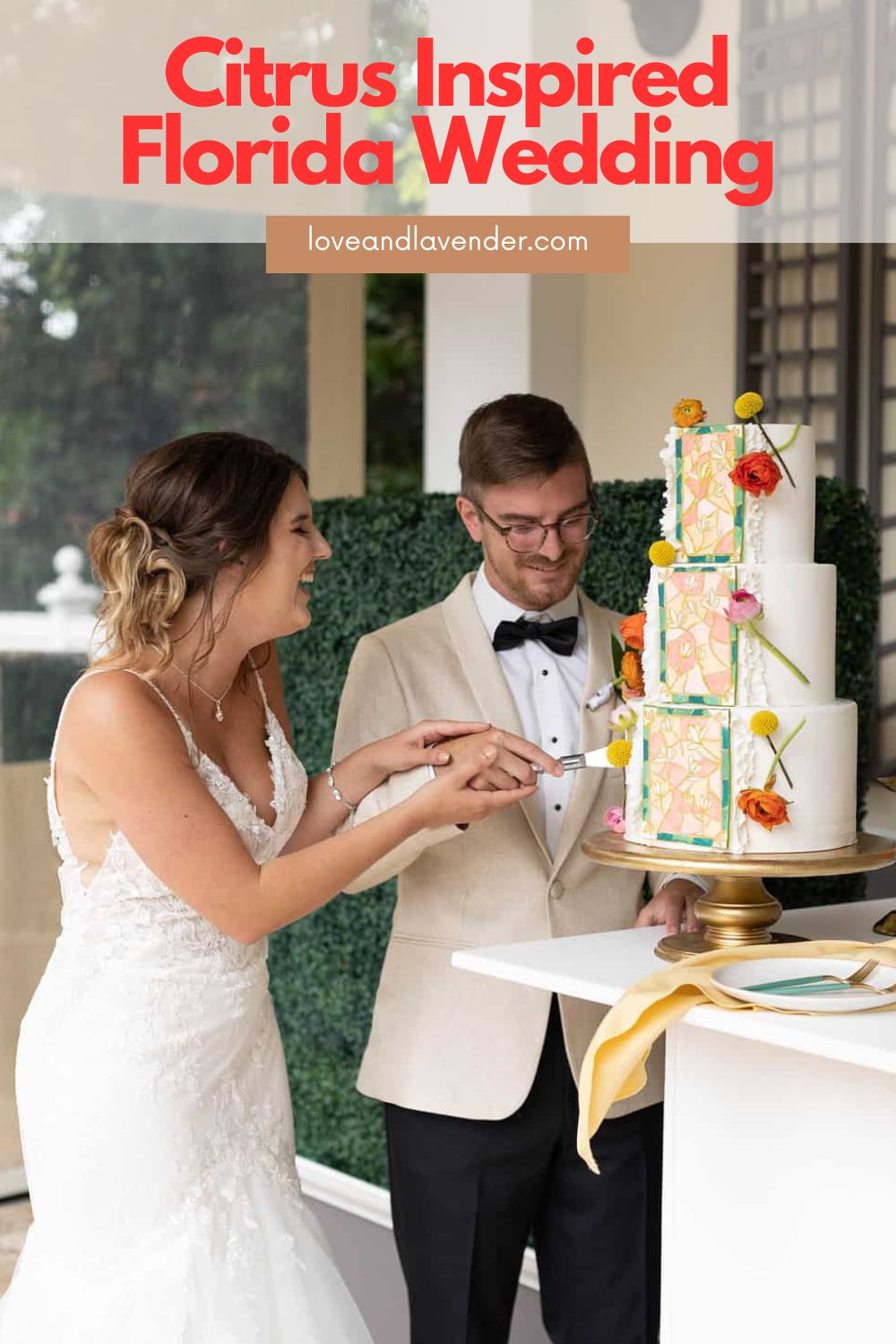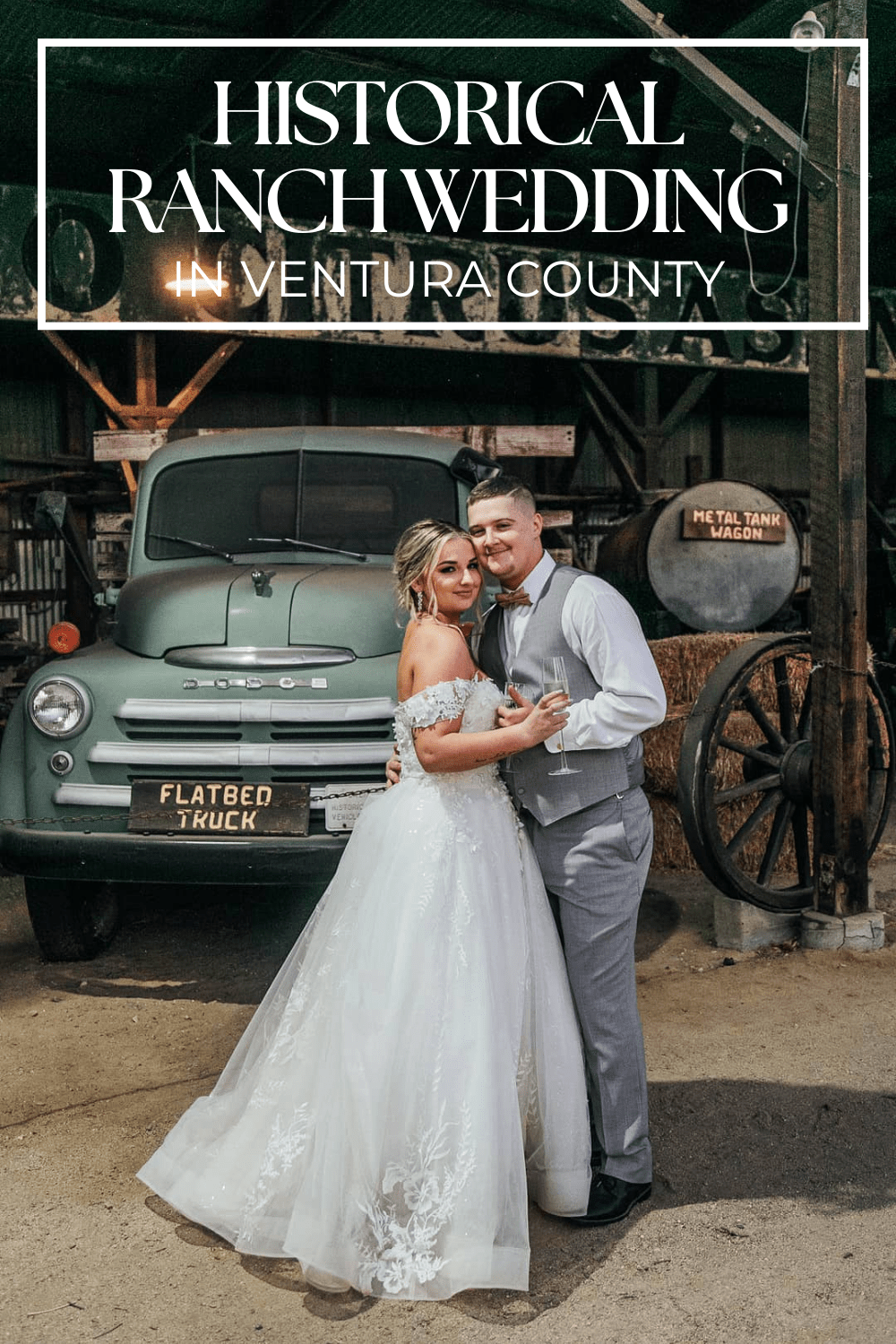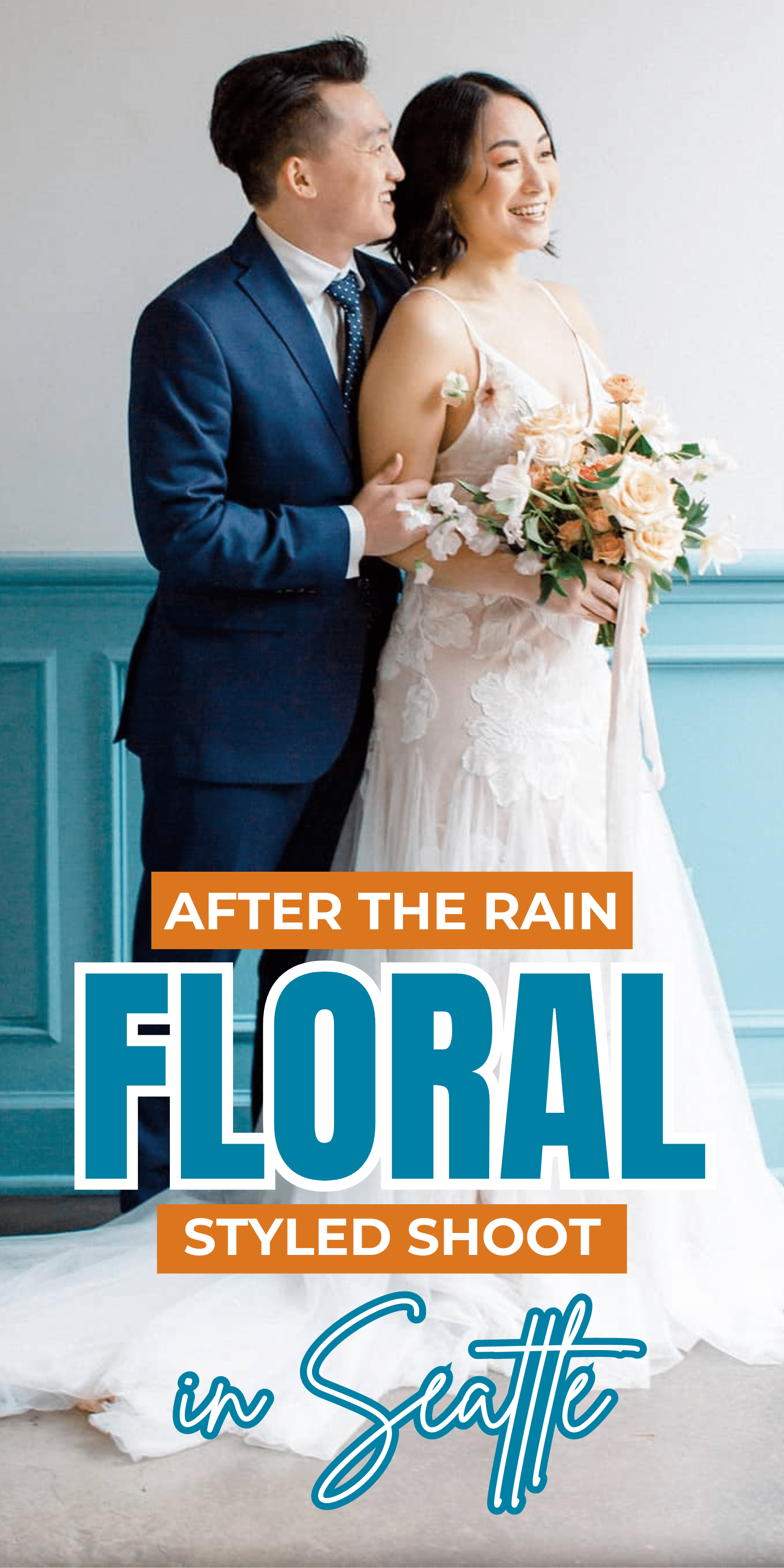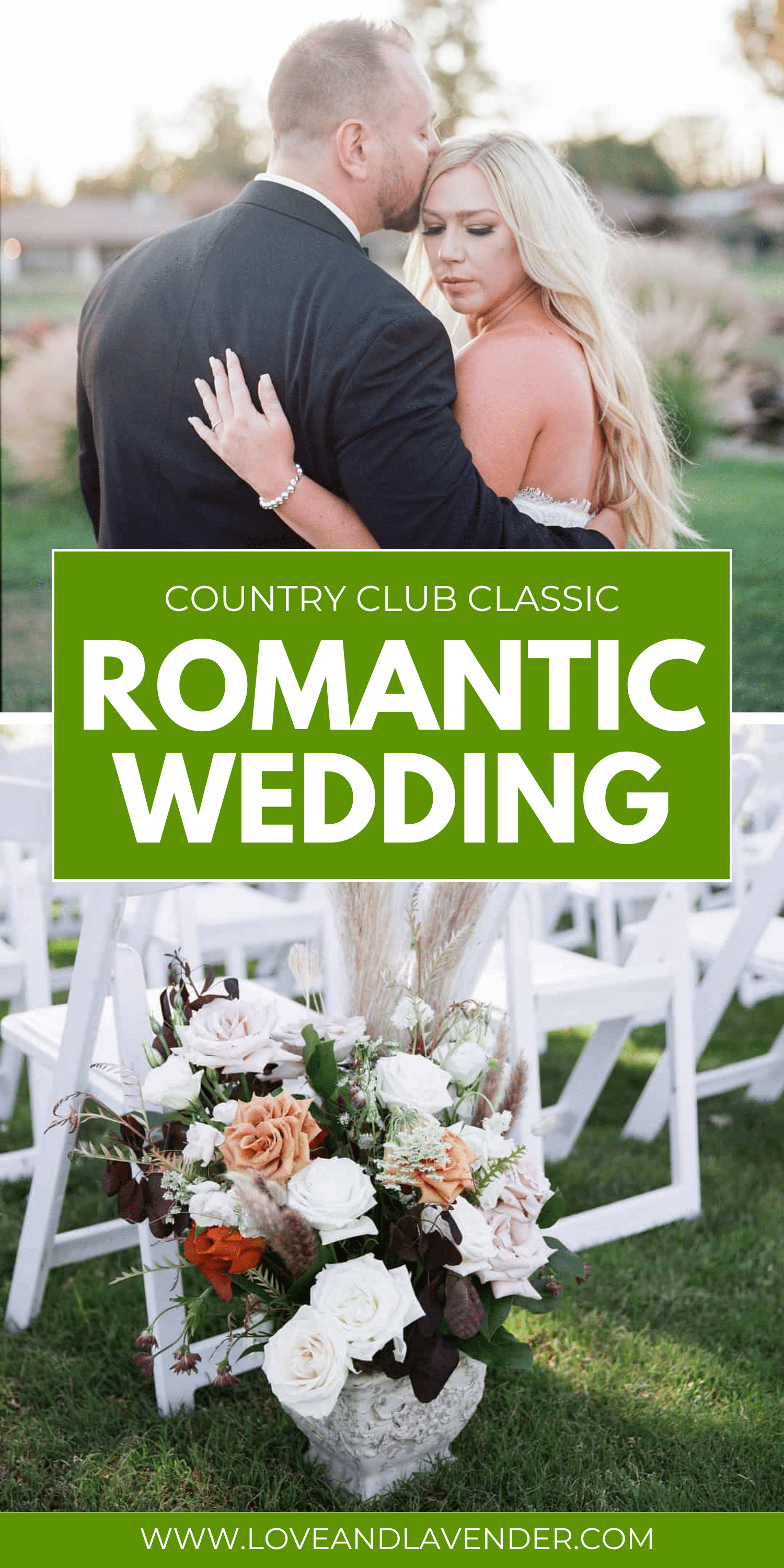Since the invention of the gemstone ring as a symbol of love, men have been looking for the most coveted and rare stones to adorn those bands of metal.
One of those gemstones is the blue diamond, and blue diamond rings are often the go-to choice for those who want to present her with a diamond that’s as rare and beautiful as she is.
In this article, we’ll have a look at some blue diamond rings that knocked our socks off, and talk a little bit about what makes a blue diamond ring such a big deal in the first place. Here’s a teaser: it’s a diamond AND it’s blue – how much more unique and enchanting can you get?!
Natural Blue Diamond Rings
1. Fancy Intense Blue Diamond Ring
by Etsy: AyalaDiamonds
This ring is number one for a reason. An intense round cut blue diamond surrounded by smaller blue diamonds. Wow. We’re pretty convinced this is the ring that Prince Charming gave Cinderella. It’s perfect.
2. Very Light Blue Diamond Ring
by Astteria
The diamonds and white gold setting that frame this gorgeous diamond bring out that subtle blue. This one’s great for the gal that loves being the belle of the ball.
3. Natural Earth Mined Royal Blue Diamond Ring
by Bihls
This is such a classic, delicate ring.The royal blue will remind her that she’s like a queen in your eyes. Perfect for popping the question.
4. Fancy Blue Diamond Ring
by Astteria
Here’s another ring featuring pink diamonds and gold in a star-shaped design, which makes the center blue diamond really pop.
5. Fancy Light Greenish-Blue Diamond Ring
by Astteria
In the market for a cocktail ring that’ll seriously turn some heads? Try this one on for size. Her whole hand will sparkle. Wowzas.
Enhanced Blue Diamonds – All The Beauty At Half The Price
Looking for a blue diamond ring, but on a budget? An enhance blue diamond is a natural diamond that’s undergone a colour enhancement – it retains all the beauty of a blue diamond at a fraction of the price.
6. 14K White Gold Victorian Blue Diamond Engagement Ring
This ring is so pretty! The stone’s color is especially vivid and the setting is super elegant – it’s really a can’t-miss ring.
7. Princess-Cut Blue Diamond Crossover Engagement Ring
by Angara
We love the unique setting for this ring. Comes in 14K rose gold, yellow gold, white gold, and platinum.
8. Blue Diamond Engagement Ring in 18K White Gold
Halo diamond rings remind us of classic 1920’s glamour. Think Gatsby and sequined, fringed flapper dresses. Can you see it? This ring would fit right in.
9. Classic Three Stone Blue Diamond Engagement Ring
by Angara
This princess-cut ring will wrap her finger in rich blue diamonds. What could be better than that?
What Sets Blue Diamond Rings Apart From Other Diamonds?
Blue Diamonds Are Naturally Formed
Many think that blue diamonds are exclusively enhanced, but that’s not true. While you can certainly buy enhanced blue diamonds, true blue diamonds are naturally-occurring from the earth. They get their varying shades of blue from boron within the diamond’s carbon structure.
Blue diamonds come straight from the earth in shades of light blue, violet-blue, gray-blue, dark blue, and even blue-green.
They’re Only Found In A Handful Of Places
India, South Africa, and Australia are the only countries where mines have yielded blue diamonds (so far) .
They’re Extremely Rare And Coveted
Blue diamonds belong to a group of diamonds called Fancy Color Diamonds. Not the most poetic name for such brilliant stones, but there you have it. Besides the red diamond (go ahead, you know you want to see it), they are the rarest of them all.
When we say rare, we mean most blue diamond types account for 0.1% of the world’s fancy color diamonds. So yeah. You don’t find too many straight from the ground.
Of course this rarity means they’re more expensive than the other Fancy Color Diamonds and are seriously coveted by collectors and gem dealers all over the world.
How Is The Value Of A Blue Diamond Assessed?
Like other precious stones, the value of a blue diamond is determined by the 4-C standard:
Color
All diamonds are graded on color, however, this feature sets blue diamonds apart from their clear counterparts. While clarity and lack of color increase a clear diamond’s value, the color intensity level of a blue diamond is what makes it more expensive. The more vivid the blue, the pricier the rock.
Another determining factor is the purity of a blue diamond’s color. While green-blue or gray-blue diamonds are still quite expensive, a pure blue diamond with no secondary modifying color is the most valuable because of its rarity.
Carat
Like all colors, blue diamonds with a higher carat weight are pricier than others. Unsurprisingly, a 2 or 3 carat stone is really hard to come by, so it’s gonna be really expensive.
For instance, this 0.40-Carat Fancy Blue Round Diamond with a clarity measure of VS2 will set you back $72,100 USD. This 0.30-Carat Round E rated diamond (second to the purest color you can get) with the same clarity measure will cost you $1,000 USD.
Now, we know this isn’t exactly apples to apples. It’s hard to find an exact match for comparison, but we think this illustrates our point. Regardless of the minor measurable differences, that’s a pretty big gap.
 Pin
PinClarity
Blue diamonds are measured on the same scale for clarity as other diamonds, with an FL rating meaning flawless, down to the range of I ratings (1, 2, and 3), which are the most flawed.
Cut
The cut of a blue diamond is quite important to its value. A perfectly cut diamond will showcase the clarity and, most importantly, the natural hue of the diamond. If you’ve got a blue diamond with a high color intensity, the right cut will highlight that intensity and ramp up the value of the stone.
Pricing A Natural Blue Diamond
It’s hard to figure out the worth of a blue diamond because of the variables included. Price ranges swing dramatically mostly because of its color.
Because they’re so rare, and each blue diamond is so distinctly unique, using the old standards of carat, clarity and cut aren’t as reliable when determining its value.
Needless to say, finding a reputable, GIA-certified gemologist is essential when attempting to assess the value of a natural blue diamond.
What About Enhanced Blue Diamonds?
Enhanced blue diamonds are still natural diamonds, folks.
What transforms them from clear to blue are the color-enhancement processes they undergo. Color-enhancement treatments don’t damage the diamond, but they do result in a permanent color change (ideally one that appeals to buyers!).
Here’s a scoop on a couple of the most common colour-enhancement processes:
Irradiation is the most common treatment to create an enhanced blue diamond. The process involves subjecting the stone to high-energy particles that result in the displacement of carbon within the stone’s natural composition.
This change in the gem’s physical properties causes the change in color as the altered carbon atoms rearrange themselves to develop its blue color. After that, it’s heated in a process called annealing.
High-Pressure High Temperature (HPHT) treatments are also commonly used to create an enhanced blue diamond. This process involves exposing the diamond to crazy amounts of heat and pressure, causing the color change. It’s the same process that creates a natural stone below the earth’s crust, only instead of taking millions of years, it takes a few hours in a lab.
While enhanced blue diamonds are less expensive than naturally blue diamonds, we still think they’re beautiful. Also, unless you’re a trained professional with a keen eye, it’s really really hard to tell them apart.
The Most Famous Blue Diamond Of All
Blue diamonds are among nature’s most amazing creations. Heck, diamonds are amazing, period. Still, there’s something extra mesmerizing about the mystique surrounding natural blue diamonds.
Case in point: the most notorious blue diamond of all, the Hope Diamond.
Apart from endless rumors of curses and lawsuits, the gem sparks the imagination and has been represented in all kinds of movies and literature. It now rests comfortably in the Smithsonian National Museum of Natural History, weighing in at a whopping 45.52 carats, and its estimated value is a meager $200–$350 million USD.
When you think of it that way, the blue diamonds on our list don’t seem quite so extravagant now, right? Go for it.
 Pin
Pin




















